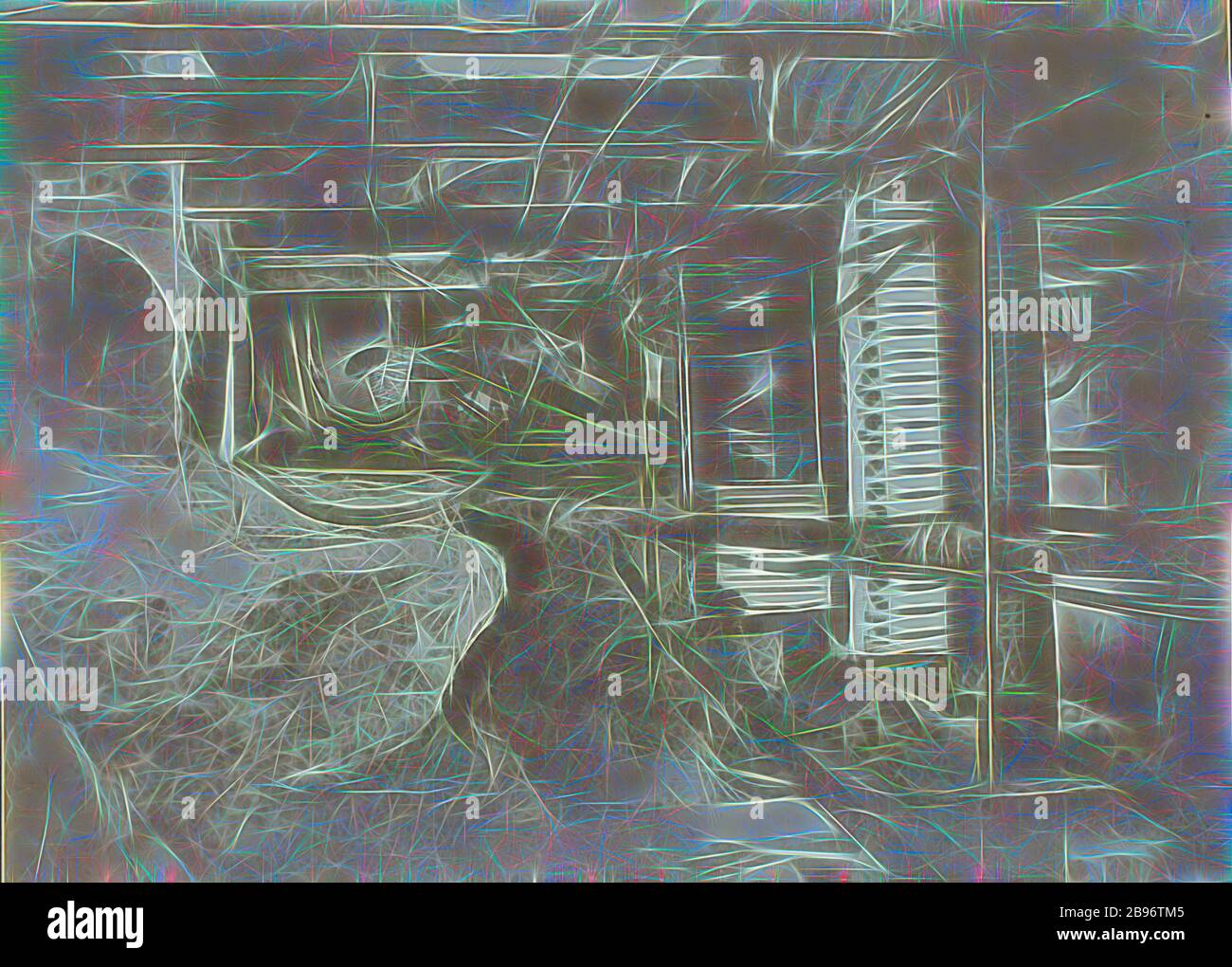
Just avoid placing it near or right beside the camera as this will create flat and direct lighting for your subject.Īs the name suggests, this technique is used to “fill in” and remove the dark, shadowy areas that your key light creates. You can place your key light anywhere, even from the side or behind your subject to create a darker mood. However, just because it’s your “main” light doesn’t mean it always has to be facing your subject. Even if your lighting crew is going for a complicated multi-light setup, the key light is usually the first to be set up. This means it’s normally the strongest type of light in each scene or photo. The key light is also known as the main film light of a scene or subject. The following are all the different types of lighting in film: What matters is that you learn what each is good for and are able to make the best use of them for achieving your cinematic goals. It’s also important to note that these techniques are not clear-cut, so many of them can actually take the form of several other film lighting techniques.

You’ve probably heard many of these techniques, especially if you’ve done some studio photography in the past, but it helps to learn how they can uniquely benefit filmmakers in creating different moods and atmospheres in every scene. 12 Film Lighting TechniquesĬinematography and film lighting is closely similar to photography lighting.


If you’re aiming to become a cinematographer, director, writer, or any other person who holds a creative role in a film crew, you’ll need to learn some of the basic lighting techniques and types of lighting used in filmmaking. This requires technical knowledge in cinematography, which means using the most appropriate cinematic shots and film lighting techniques to get your message across perfectly in each and every scene. This is why film sets always seem to be overly lit or packed with many different light sources that serve different purposes. Proper film lighting techniques are essential in creating stylized and natural-looking film scenes.


 0 kommentar(er)
0 kommentar(er)
